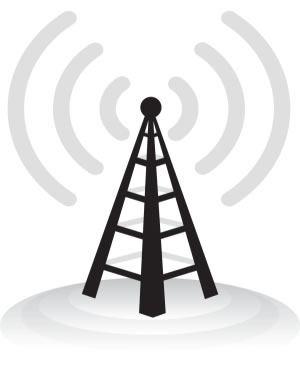Stanford scientists have discovered a breakthrough that could double the speed of wireless networks. The technology reportedly allows radios to simultaneously send and receive signals over the same frequency – something previously thought to be impossible. "Textbooks say you can't do it," said Philip Levis, Stanford's assistant professor of computer science and electrical engineering.
"The new system completely reworks our assumptions about how wireless networks can be designed," Levis continued. "When a radio is transmitting, its own transmission is millions, even billions of times stronger than anything else it might hear [from another radio]. It's like trying to hear a whisper while you yourself are shouting." The new technology resolves this by using two transmitters on each end.

"The two transmit signals interfere destructively at the receive antenna to create a dead signal that the receiver can't 'hear'," said Levis. "So you create this null position where the receiver can't hear that signal and so is able to receive packets from other areas." In doing so, performance is effectively doubled when sending and receiving data concurrently – though it won't boost single-direction speeds.
The scientists noted that existing phone networks allow users to talk and listen at the same time, but they use a workaround that is more expensive and complicated than the new finding. It isn't clear when the technology will land in consumer electronics, but the researchers have applied for a patent and are tweaking signal strength to make it more suitable for Wi-Fi applications.